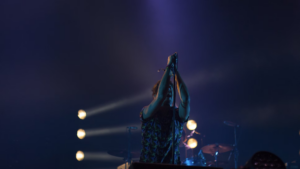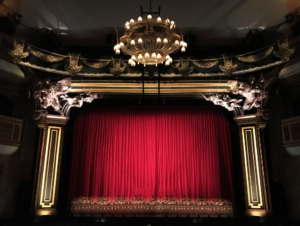In entertainment, “triple threat” signifies a unique breed of performers who seamlessly excel in acting, singing, and dancing. This rare combination of skills allows artists to offer their audience a multifaceted and immersive experience. However, the incredible diversity of styles and backgrounds these artists bring to the stage fascinates the world of triple-threat talent. In this celebration of diversity, we will explore the captivating stories and distinctive styles of triple-threat performers from around the globe.
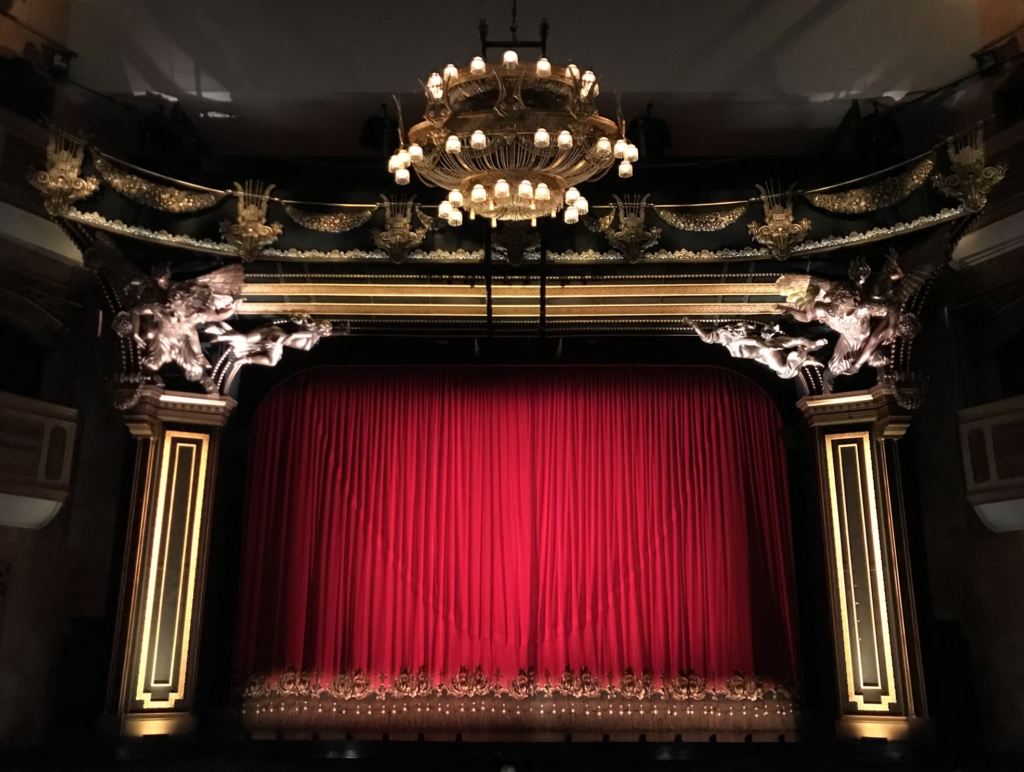
Broadway Brilliance: The American Musical Tradition
The beating heart of triple-threat talent reverberates strongly on the iconic stages of Broadway, where performers have, for decades, seamlessly transitioned between acting, singing, and dancing to bring stories to life. The history of American triple threats is a rich tapestry woven with threads of classic charm and modern dynamism.
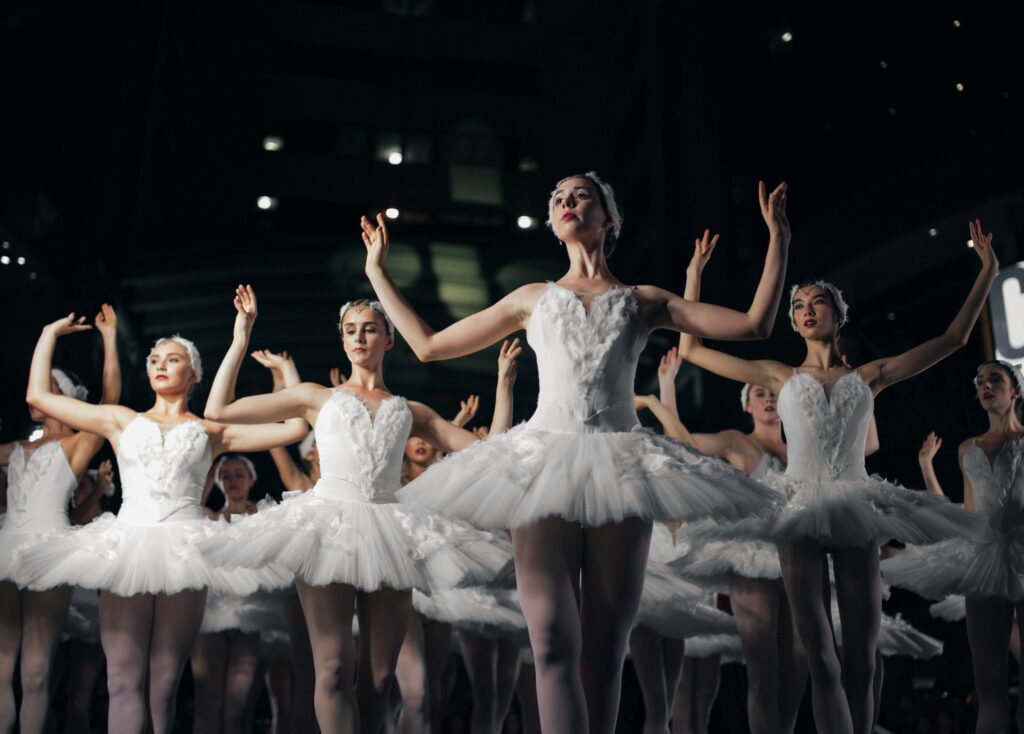
One cannot discuss the American triple threat tradition without acknowledging the legendary Fred Astaire. His grace, sophistication, and unparalleled dance skills made him a true icon of the golden age of Hollywood musicals. Astaire not only danced with finesse but also acted with charm and sang with a distinctive voice that charmed audiences around the world.
Fast forward to the 21st century, and we witness the emergence of artists like Lin-Manuel Miranda, a modern-day polymath who acts, writes, and composes. Miranda’s groundbreaking work in “Hamilton” showcases the evolution of the triple-threat tradition, incorporating rap and hip-hop into the musical lexicon.
American triple threats represent a spectrum of styles and backgrounds, from the classic Hollywood glamour of Gene Kelly to the contemporary brilliance of performers like Neil Patrick Harris. Each artist brings their unique flair to the stage, contributing to the ongoing legacy of triple-threat excellence.
Bollywood Extravaganza: A Fusion of Dance, Drama, and Song
In the vibrant world of Indian cinema, particularly Bollywood, the triple threat concept takes on a different hue. Bollywood triple threats not only master Western theatrical techniques but also seamlessly incorporate traditional Indian dance forms and melodious songs into their performances.

Madhuri Dixit, often called the “Dancing Diva” of Bollywood, exemplifies the fusion of dance, drama, and song. Her performances transcend the screen, combining classical Indian dance with contemporary choreography. The result is a mesmerizing spectacle that captivates audiences not just in India but across the globe.
Bollywood’s triple threat tradition extends beyond gender boundaries. Hrithik Roshan, often hailed as one of the best dancers in the industry, effortlessly combines acting prowess with jaw-dropping dance sequences. His performances showcase a perfect blend of emotion and movement, creating a sensory feast for viewers.
Bollywood triple threats’ blend of traditional Kathak and current jazz makes them a unique and engaging force in worldwide entertainment.
K-Pop Phenomenon: Choreography, Vocals, and Visual Spectacle
South Korea’s K-pop industry has become a global phenomenon, and at its core are triple-threat performers who excel in singing, dancing, and visual storytelling. K-pop idols undergo rigorous training that moulds them into impeccably choreographed performers with powerful vocals and a strong stage presence.
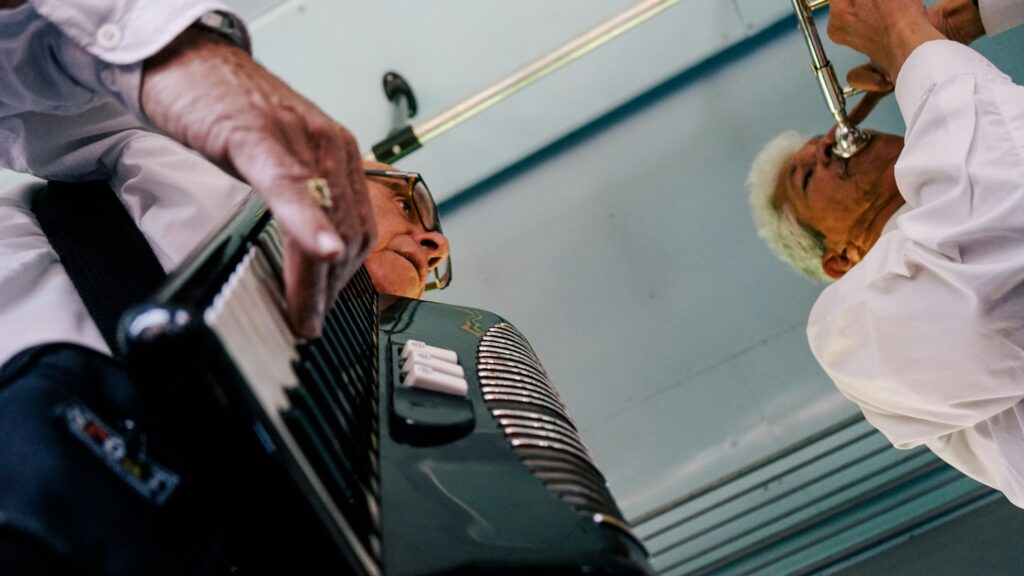
BTS, the global sensation, epitomizes the K-pop triple threat. Beyond their infectious music, the group’s members are skilled dancers and charismatic performers. Fans worldwide are immersed in their music videos and live performances due to their precisely coordinated dance.
The diversity within the K-pop world further emphasizes the adaptability of triple-threat talent. From the ethereal vocals of EXO to the energetic dance routines of BLACKPINK, each group brings its style and flavor to the stage. K-pop triple threats dominate the charts and redefine the standards of performance excellence in the global music industry.
West End Elegance: British Mastery of the Arts
London’s West End, akin to Broadway, has produced its cadre of triple-threat talent. British performers bring a refined elegance to the stage, blending classical training with contemporary sensibilities. From the legendary Judy Dench to the charismatic Hugh Jackman, West End triple threats exemplify a commitment to the craft and a dedication to pushing artistic boundaries.

Andrew Lloyd Webber’s musicals, such as “The Phantom of the Opera” and “Cats,” have been breeding grounds for triple-threat performers. Actors like Michael Crawford and Sarah Brightman showcased their ability to act, sing, and dance while delivering unforgettable performances.
The West End tradition is characterized by its emphasis on storytelling and integrating various art forms. Performers seamlessly transition between spoken word, song, and dance, creating a harmonious and captivating theatrical experience.
African Rhythms: Celebrating Triple Threats Across the Continent
The African continent boasts a rich tapestry of cultures and artistic traditions. African triple-threat talents infuse their performances with vibrant rhythms, storytelling, and a solid connection to their heritage. West African dances and South African deep voices give African triple threats a distinct authenticity on the world arena.

West African dance genres like Azonto and Kpanlogo enrich the triple-threat repertory. The ability to seamlessly blend these traditional elements with modern acting and singing showcases the versatility of African triple threats.
South Africa, with its diverse cultural landscape, has produced artists like Hugh Masekela, who excelled as a trumpeter and as a vocalist and actor. Masekela’s performances celebrated African identity, blending the continent’s rhythms with a global sensibility.
Triple threats from Africa remind us of the power of storytelling through movement and music, connecting audiences to the roots of a rich and diverse cultural heritage.
Conclusion
Triple-threat artists enrich human expression on Broadway, in Bollywood, in K-pop, in London’s West End, and in Africa.
The true joy of entertainment is celebrating difference, therefore let’s maintain admiring each triple-threat artist’s unique stories and skills onstage. Triple-threat talent shows the limitless possibilities of creative expression and the universal language of performance that transcends culture, from Hollywood’s elegance to Africa’s passionate rhythms.

